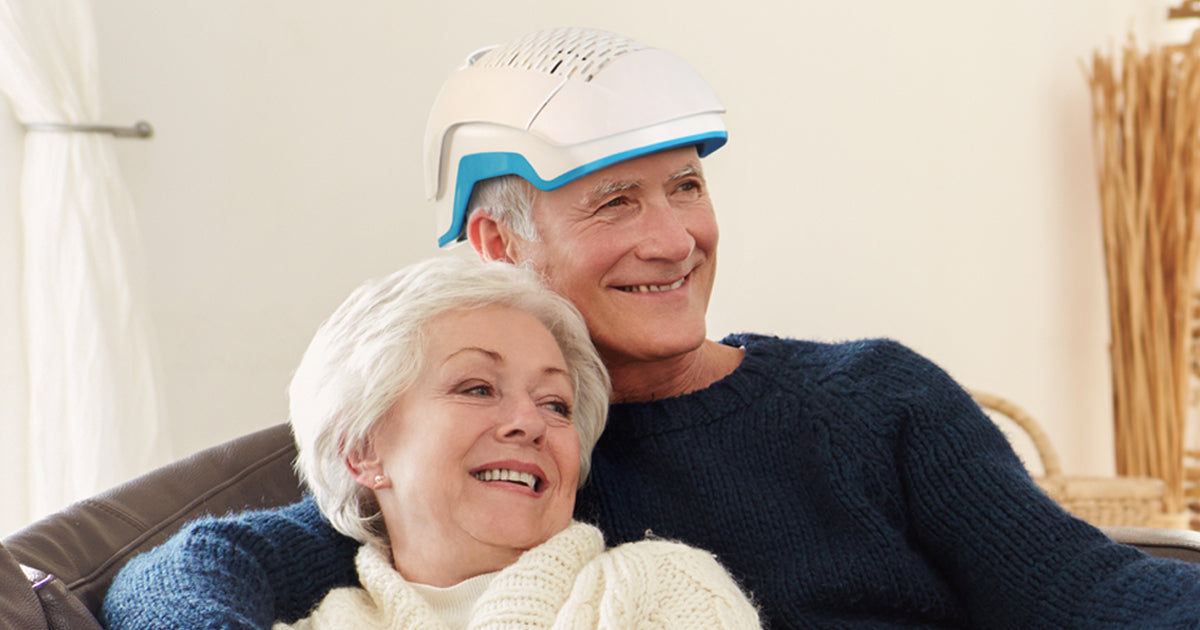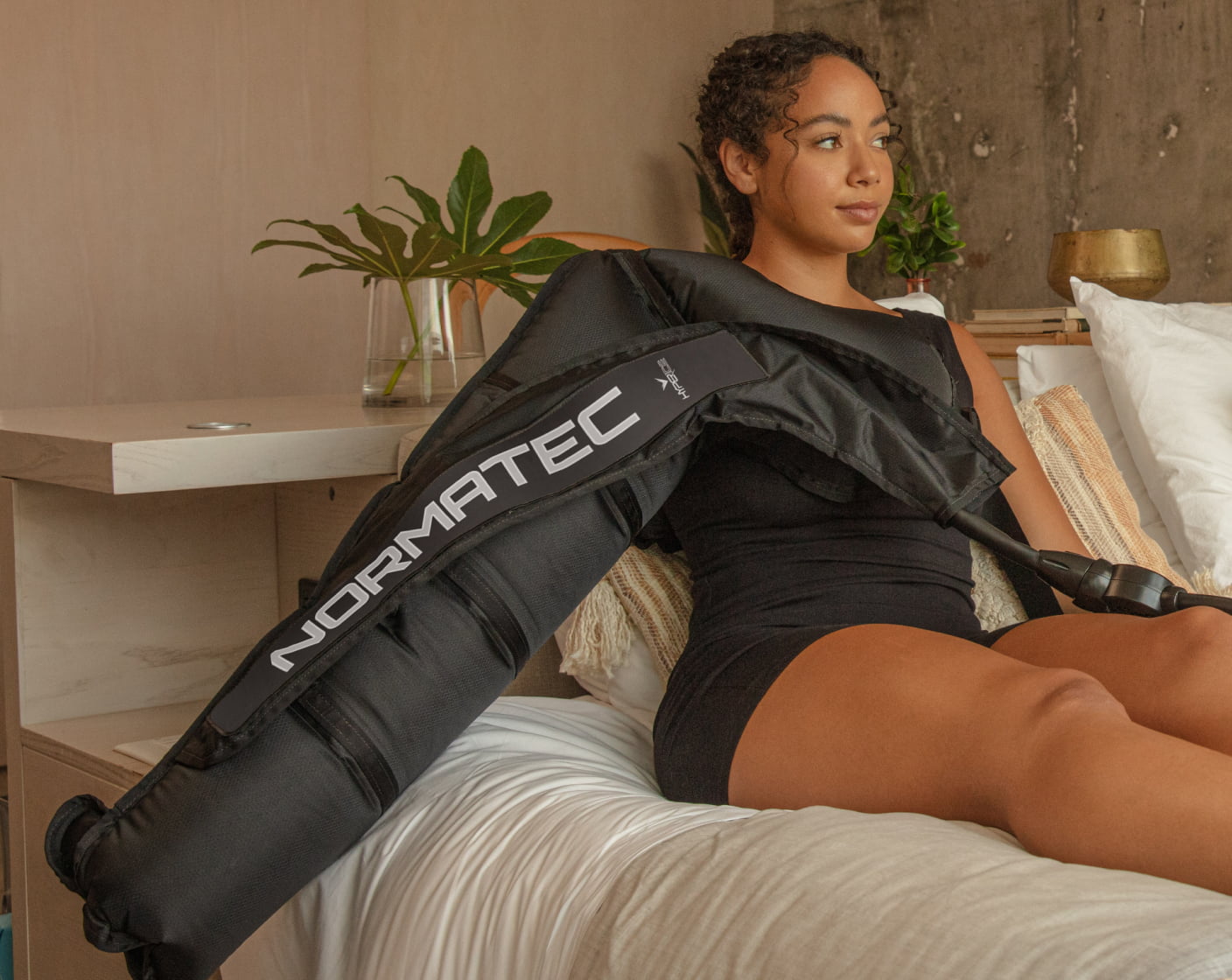
Low-Level Laser Therapy (LLLT) or Cold laser therapy is a therapeutic procedure that uses a pencil-like beam of electromagnetic waves of low power. It is called low-level as it uses light at energy densities lower than other forms of lasers. (1)
Known vicariously as Low-power laser therapy (LPLT), Low Emitted Diodes (LED) therapy, Red light therapy (RLT), soft laser biostimulation, and photobiomodulation (PBM), this procedure employs lasers of a single frequency and defined wavelength.
Cold laser therapies have earned the reputation of promoting tissue healing and for providing pain relief in a broad spectrum of soft tissue diseases and injuries.
The light emitted from LLLT interacts with tissues which lead to a series of photochemical reactions in the cells. The resultant effects are reduction in muscle spasms, elimination of pain and swelling, and wound healing. (2)
Using the laser increases the functionality in people suffering from various acute and chronic conditions. But laser therapies can be overwhelming, especially if you are new to them. With so many laser therapies available today, choosing the right one is of paramount importance.
This article will introduce you to the world of laser therapies and their types. The article will also elaborate the mechanism by which cold laser therapy works. We will also discuss which kind of laser is suitable for your condition, what makes cold laser therapy effective, and the good and bad aspects of it. Let’s begin!
Cold Laser Therapy: What is it?
LLLT is a non-invasive technique that uses low light energy (less than 10-500 mW) with an output power of fewer than 0.5 watts. A monochromatic light source in the red to the near-infrared range of 660-905nm is utilized that provides a non-thermal, stimulatory effect on the cells. (3)
LLLT therapy does not cause a detectable rise in the temperature of the target tissue nor does it cause macroscopic changes in tissue structure. It is a drug-free, pain-free, non-addictive therapy that emits no sound or vibration.
Cold laser therapy devices are typically the size of a flashlight and are hand-held by your healthcare provider. Orthopedic surgeons, physiotherapists, doctors, and chiropractors use Cold laser therapy devices. They can also be used at home.
How Does Cold Laser Therapy Work?
Cold laser therapy devices are held close to your skin or can even touch it. They are applied for 30 seconds to a few minutes which allows the light energy to penetrate your skin.
The depth of penetration within the tissues is determined by the wavelength of the light. Light of wavelengths between 600-700 nm can penetrate superficial tissue whereas 780-950 nm can penetrate deeper tissue including muscles and soft tissues.
The laser has a wide range of effects at the tissue, cellular and molecular levels. The exact biochemical mechanism underlying the beneficial effects of cold laser therapy is however not well-understood.
When your skin is exposed to cold laser therapy, the mitochondria present in your cells soak up the non-thermal photons of light. Mitochondria are the powerhouse of our cells, which use the light from cold laser therapy to make more energy. They are also thought to produce Reactive Oxygen Species (ROS) and factors that enhance protein synthesis. (1)
The energy generated from mitochondria increases cellular proliferation, migration, growth factor production, and tissue oxygenation. It also causes modulation of inflammatory mediators and activation of lymphocytes, a key cell in fighting off infections.
Cold laser therapy also enhances the proliferation and maturation of fibroblast, a connective tissue that allows wounds to close quicker. (1)
What Are The Types Of Lasers?
In the United States, Food and Drug Administration (FDA) defines the class of laser, based upon the output power of the device, which is measured in milliwatts (mW).
There are 5 classes of laser: Class 1, Class 2, Class 3A, Class 3B, and Class 4. The classes are in order of increasing risk for biological damage. (4)
Class 1
Class 1 lasers have a very low power level (less than 0.5mW). These types of lasers are used in laser printers, grocery scanners, and CD players.
Class 2
Class 2 lasers have a low power level of less than 1mW. Examples of such are the ones used in laser pointers.
Class 3A and 3B
LLLT devices are generally classified under 3A and 3B.
Class 3A lasers include very low-power LLLT devices and laser pointers. These have a low power level of less than 5mW. These lasers emit visible light of wavelengths between 400-700nm and can cause eye injury up to 34m (110ft) away. They are considered safe when handled carefully. Laser safety eyewear is suggested while operating these lasers.
Class 3B lasers have a medium power level (less than 500mw) and include higher-powered LLLT. They emit visible light having wavelengths between 400-700nm and can cause eye injury up to 320m (1050 ft) away. Class 3B lasers are medium powered and should be used with caution. It may cause burns or heat damage. Laser safety eyewear is recommended while operating these lasers.
Class 4
Class 4 lasers have a high power level of more than 500mW. Surgical lasers often referred to as hot lasers, are one example. It emits visible light of 400-700nm. They can cause eye injury from 640m (2100ft) away. Class 4 lasers are high-powered and should be used with extreme caution. These lasers can cause skin burns and can also burn heat-sensitive materials. Laser safety eyewear must be used while operating these lasers.
How Do You Decide Which Laser Is The Right One For You?
The power levels of LLLT devices vary between manufacturers. A higher-powered Class 3B laser will take less time to deliver a specific dose of laser energy in comparison to lower-powered Class 3A lasers.
Powerful lasers are necessary for cold laser therapy. If you have don't have extreme confidence in your ability to handle a strong cold laser therapy at home, consider alternate classes of lasers.
Cold laser therapy costs can also determine the device you choose. Expensive laser devices offer higher power settings, which means a shorter duration of therapy. If you suffer from chronic problems, devices with shorter therapy times should be right for you.
Choosing between cold laser devices that emit continuous laser radiation vs. one that emits pulse waves can be confusing. Continuous laser radiation provides higher doses in the same amount of time as compared to the one that emits pulse waves. Some devices can provide both options but will be in the higher price range.
Some lasers can accommodate differences in skin tone, while some do not. Non-accommodating lasers could potentially burn darker skin surfaces and hair.
There is no medical consensus on the best wavelength of the cold laser therapy device. Most devices operate between 600-900nm.
Resonating lasers are suitable for releasing stress from muscles and organs. Stimulating lasers are used for relieving pain from joints, bones, cartilage, tendons, nerves, and ligaments.
What Are The Uses Of Cold Lasers?
Best cold laser therapy devices have the following three effects:
1. Provides relief from pain (5)
2. Can speed up the process of tissue regeneration and healing. It does so by stimulating the proliferation of fibroblasts, vascular endothelial cells, cells of the skin (keratinocytes), and lymphocytes. (6-8)
3. Can reduce inflammation (3)
These are some of the cold laser therapy uses: (3)
• Acute orthopedic conditions: strains, sprains, muscular back pain, tendinitis, lumbar or cervical radiculopathy
• Chronic orthopedic conditions: neck and back pain, rheumatoid arthritis, osteoarthritis, carpal tunnel syndrome, chronic regional pain syndrome, fibromyalgia,
• Post-surgical pain
• Dental pain due to hypersensitivity, orthodontic procedures, etc.
• Pain due to trigeminal neuralgia, post-herpetic neuralgia, diabetic neuropathy, etc.
• Skin rejuvenation for acne and its scars, psoriasis, dermatitis, etc.
What Are The Benefits of Cold Laser Therapy?

• Cold laser therapy has been medically proven to have positive effects on acute and chronic pain. (1, 3)
• It can be used in chiropractic laser therapy as an alternative treatment modality.
• It is a non-invasive treatment modality that does not use any drugs or surgeries.
What Are The Cold Laser Therapy Side Effects?
Cold laser therapy is a safe, FDA-approved medical device. The side effects associated with it are generally due to mishandling of the device or due to at-home use by non-specialized people. Some of the side effects are:
• Damage to vision if the laser beams are pointed directly into the eyes or if appropriate eye safety measures are not taken.
• Skin burn
• May trigger seizure in epileptics and photosensitive people
Bottom Line
Cold laser therapy is a fast-growing technology that is used to treat a host of clinical disorders. It stimulates the healing process, restores function, and relieves pain and inflammation. Choosing the right cold laser therapy device is crucial because one type may not be as efficient as the others. Always seek advice from professionals before using at-home laser devices.
Resources
1. Chung, Hoon et al. “The nuts and bolts of low-level laser (light) therapy.” Annals of biomedical engineering vol. 40,2 (2012): 516-33. doi:10.1007/s10439-011-0454-7
2. Mussttaf, Ruwaidah A et al. “Assessing the impact of low level laser therapy (LLLT) on biological systems: a review.” International journal of radiation biology vol. 95,2 (2019): 120-143. doi:10.1080/09553002.2019.1524944
3. Cotler, Howard B et al. “The Use of Low Level Laser Therapy (LLLT) For Musculoskeletal Pain.” MOJ orthopedics & rheumatology vol. 2,5 (2015): 00068
4. Center for Devices and Radiological Health. “Laser Products and Instruments.” U.S. Food and Drug Administration, 26 Mar. 2021.
5. Chen, Yu-Tsung et al. “Early application of low-level laser may reduce the incidence of postherpetic neuralgia (PHN).” Journal of the American Academy of Dermatology vol. 75,3 (2016): 572-577. doi:10.1016/j.jaad.2016.03.050
6. Basso, Fernanda G et al. “Biostimulatory effect of low-level laser therapy on keratinocytes in vitro.” Lasers in medical science vol. 28,2 (2013): 367-74. doi:10.1007/s10103-012-1057-8
7. Szymanska, J et al. “Phototherapy with low-level laser influences the proliferation of endothelial cells and vascular endothelial growth factor and transforming growth factor-beta secretion.” Journal of physiology and pharmacology : an official journal of the Polish Physiological Society vol. 64,3 (2013): 387-91.
8. Agaiby, A D et al. “Laser modulation of angiogenic factor production by T-lymphocytes.” Lasers in surgery and medicine vol. 26,4 (2000): 357-63. doi:10.1002/(sici)1096-9101(2000)26:4<357::aid-lsm3>3.0.co;2-o



